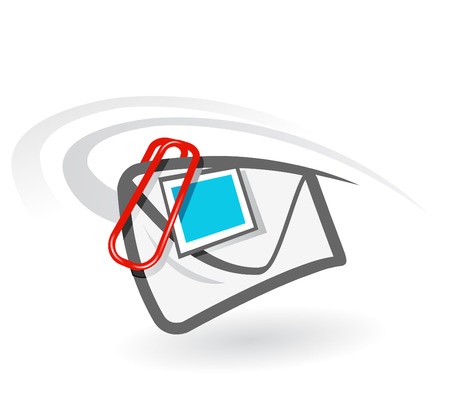An issue that has historically received little attention in privilege law is whether the attorney–client privilege protects from discovery documents sent as email attachments where the email communication itself is privileged. This issue, however, is receiving increasing attention and lawyers should not assume that the privilege automatically covers the attachment just because it covers the email.
The attorney–client privilege protects email communications between a client and his attorney, including communications between an employee and his company’s attorney, when the email is confidential when sent, kept confidential thereafter, and is for purposes of soliciting or receiving legal advice. Many lawyers, outside counsel and in-house counsel alike, assume that an email meeting  these criteria means that attachments to the email necessarily receive the same protection.
these criteria means that attachments to the email necessarily receive the same protection.
Courts are increasingly challenging that assumption. Federal and state courts are looking beyond the email to determine whether the attachment independently meets the criteria to support application of the attorney–client privilege. Courts have held that attachments to emails “must independently earn that protection.” AM General Holdings, LLC v. The Renco Group, LLC, 2013 WL 1668627 (Del. Ch. Ct. Apr. 18, 2013). They recognize with increasing regularity that email attachments can be produced independently of the cover email. Muro v. Target Corp., 2006 WL 3422181 (N.D. Ill. Nov. 28, 2006).
Similarly, courts find that sending email communications to third parties not only waives the privilege with respect to the email, but also to any attachment to the email. United States v. ChevronTexaco Corp., 241 F. Supp. 2d 1065 (N.D. Cal. 2002).
In Kleen Products, LLC v. International Paper, 2014 WL 6475558 (ND Ill. Nov. 12, 2014), which was the subject of an earlier post concerning the in-house attorney–client privilege, the court held that the privilege did not attach to a PowerPoint presentation sent for review to the company’s in-house attorney. In so holding, the court stated:
Attachments which do not, by their content, fall within the realm of the attorney–client privilege cannot become privileged by merely attaching them to a communication with the attorney.
The take-away here is that courts are increasingly scrutinizing attachments to determine whether they warrant privilege protection independent of the privileged-nature of the cover email. Lawyers, particularly in-house lawyers, should heed this increasing scrutiny and ensure that employees sending attachments via email establish and maintain the privilege over the attachment just as they would over the email.
Improving the chances of gaining privilege protection includes, by way of example only, labeling the attachment as “Protected by the Attorney–Client Privilege” and “Confidential,” stating that the document is sent for purposes of seeking legal advice, and stating that any recipient should not distribute attachment further without counsel’s authorization.

1 Comment
Comments are closed.